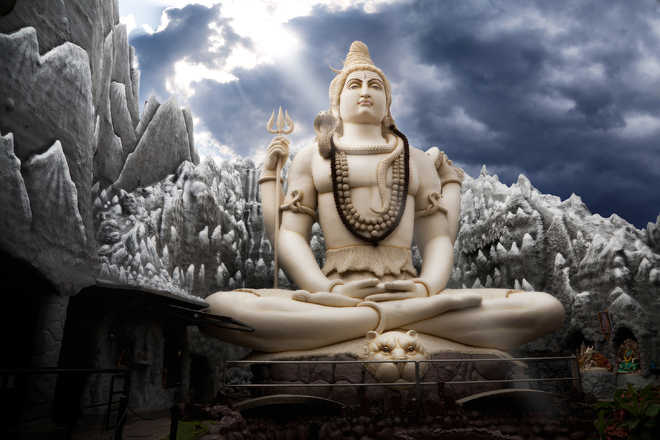Naag panchami
Dr Satish K Kapoor
The snake or serpent represents subliminal nature or innate wisdom, trickery or temptation, sexuality or spirituality, death or rebirth, in various contexts. An image of two snakes entwined round a central staff, shows the reconciliation of opposite strands in a person, typifying ‘the basic form of DNA – the building blocks of life.’ While the snake is likened to the devil in the Judaic, Christian and Manichean traditions, it has a meaningful place in Hinduism and Indic religions.
Adi Shesha
Naag Panchami falling on the 5th day of light half of Shravana, is celebrated to honour Adi Shesha or Shesha Naga, the thousand-headed snake, who represents kala purusha, Eternal time. Adi Shesha sustains the world at the time of mahapralaya, the Great Dissolution, so that new creation can take place. Adi Shesha, also called Ananta, is limitless and endless. It is emblematic of maha-kundalini shakti, the great serpent power, that keeps existence wrapped in its fold. In human beings, this energy, rolled up in three and a half coils, manifests as prana-kundalini. Siddha-s call it agni-sarpa, ‘fire-snake’ that remains dormant in the muladhara chakra, guarding the entrance of sushumna, the central channel of subtle life-energy. When awakened by yogic or tantric practices, it ignites the spirit, making way for spiritual transformation. ’
Divine connect
Hindu deities are closely associated with snakes. The earth is said to be supported by Adi Shesha, under whose majestic hood, rests Lord Vishnu, with his consort, goddess Lakshmi. Vishnu’s carrier, Garuda or eagle, is the enemy of serpents. Garuda symbolizes the human spirit that checks five instinctive vices represented by the five ugly heads of Kaliya naga, which Shri Krishna, crushed. Lord Shiva has snakes all over his body. He wears the long, writhing Vasuki as necklace. Vasuki’s services were used at the time of the mythical churning of Ocean. Ganesha, son of Shiva, has a snake as his pet; it lies coiled round his waist. Kartikeya, son of Rudra-Shiva, has a snake under his foot. Varuna, god of the ocean, has a snake in one of his four hands, and so on.
According to legends, Muchalinda-naga sheltered the Buddha during a storm when he was meditating. According to the Sikh religious lore, the child Guru Nanak Dev, was provided shade by a cobra, when he was in deep meditation.
Snake worship
Snakes are specially propitiated and offered parched paddy and milk on Naag Panchami, for safety, prosperity and long life. Those who regard snakes as the progeny of sage Kashyapa and his wife Kadru, leave pots of un-boiled milk in the open anticipating that snakes will consume them. They pay obeisance to anthills which have proximity to snake burrows or hideouts in the fields or open areas. Many Hindu temples have snake-images for worship or snake -motifs on the main entrance. Snake-forms in stone, metal or other material are religiously placed around Shivalinga, or under a papal-tree for specific rituals. Snakes have a divine place and purpose in the creation. It is a different matter that humankind is unaware about the cosmic rationale.
(Dr Kapoor is a noted author, historian and spiritualist)









